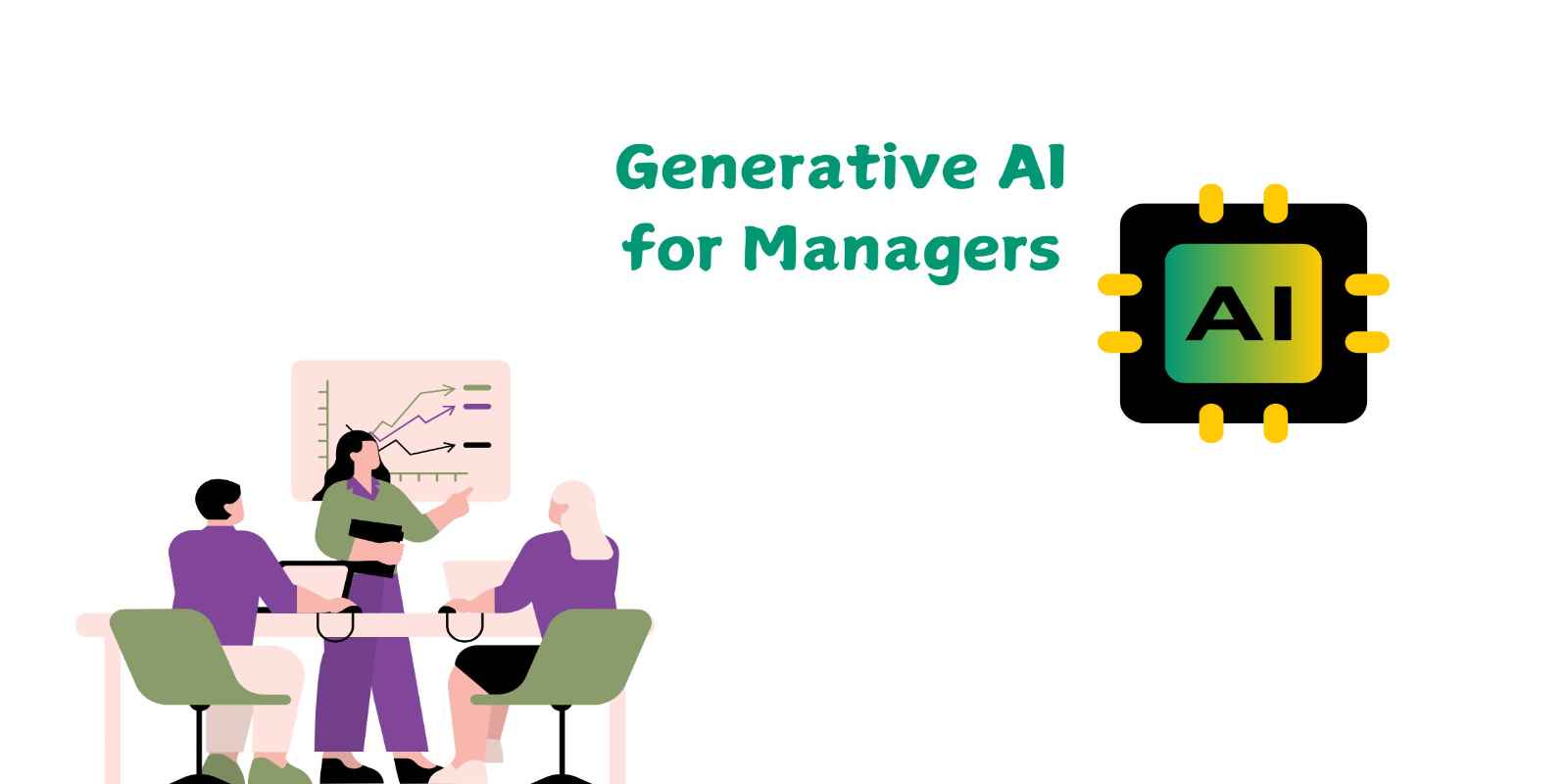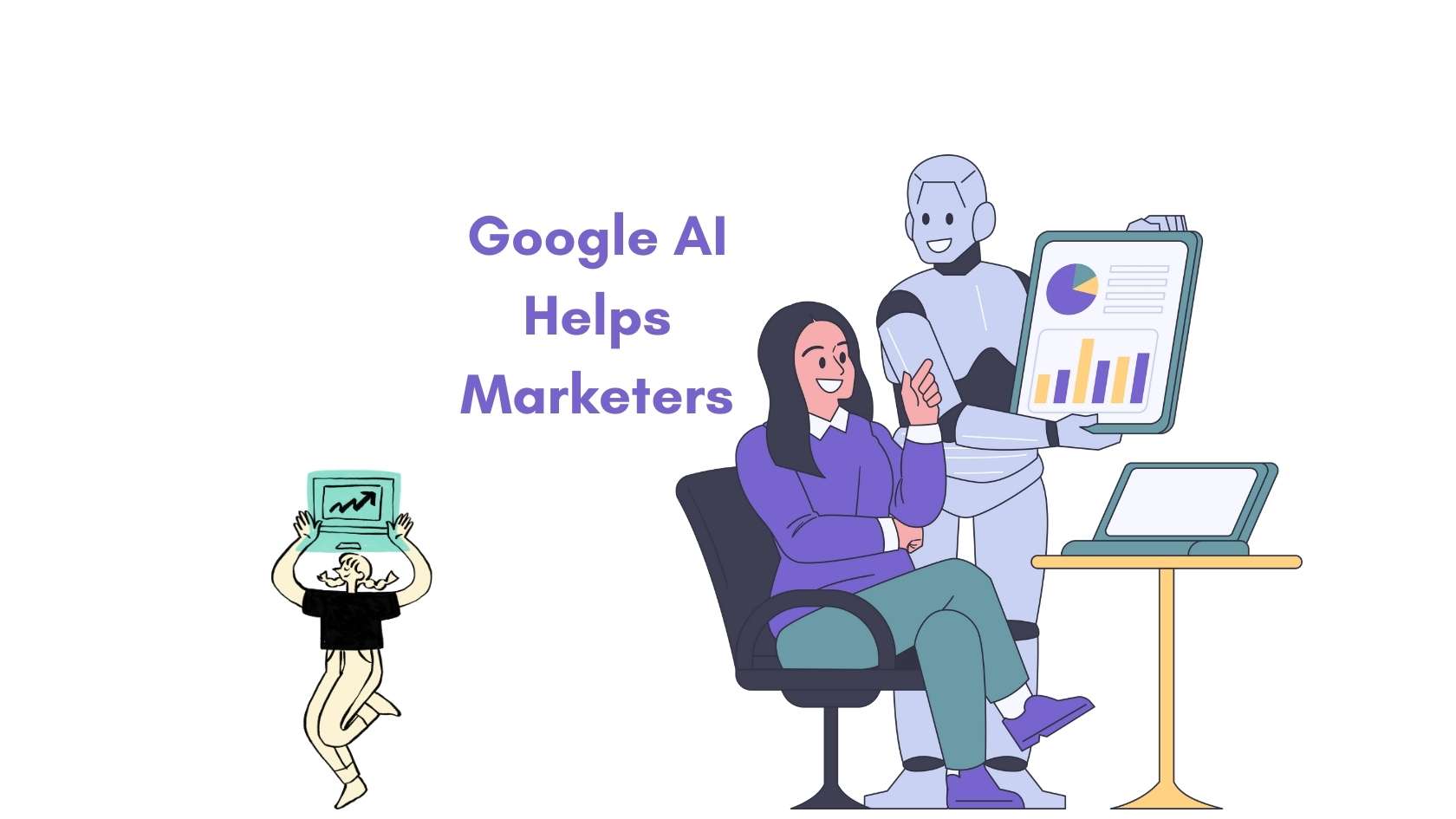In the evolving landscape of digital interactions, the metaverse is rapidly emerging as a virtual world where people can engage, transact, and access digital products and services. As this concept gains traction, a new question arises: What distinguishes AI-driven virtual assistants in the metaverse from traditional chatbots?
The answer lies in the ability of these AI-driven virtual assistants to adapt and learn from user interactions, offering a more personalized and immersive experience compared to traditional chatbots.
Understanding What distinguishes AI-driven virtual assistants in the metaverse from traditional chatbots?
AI-driven virtual assistants in the metaverse are designed to provide more than just basic task execution. They excel in creating an interactive, immersive experience by leveraging advanced AI capabilities. Here’s what sets them apart:
- Adaptability: Unlike traditional chatbots, which often rely on pre-programmed responses, AI-driven virtual assistants can adapt to user behavior, learning from interactions to provide more personalized services.
- Immersive Interaction: These assistants are integrated into the metaverse, offering a more engaging and realistic interaction that mimics human conversation.
- Complex Task Handling: They can manage a broader range of tasks, from scheduling events within the metaverse to offering real-time support in a virtual environment.
Traditional Chatbots: The Basics
Traditional chatbots have been a staple in customer support for years, particularly for handling straightforward tasks such as:
- Answering FAQs
- Processing simple transactions
- Providing basic support
While effective, their capabilities are often limited to scripted responses or decision trees, making them less flexible and adaptable than AI-driven virtual assistants in the metaverse.
Also Read: The Power of Chatbots and Virtual Assistants in Today’s Tech-Driven World
Key Differences Between AI-Driven Virtual Assistants and Traditional Chatbots
To better understand the distinction, let’s break down the key differences in a table:
| Feature | AI-Driven Virtual Assistants in the Metaverse | Traditional Chatbots |
|---|---|---|
| Adaptability | Learns and adapts from user interactions | Follows pre-programmed scripts |
| User Experience | Offers immersive, real-time interactions | Provides basic, text-based or voice responses |
| Task Complexity | Handles complex, multi-step tasks | Manages simple, linear tasks |
| Integration | Seamlessly integrates into metaverse environments | Limited to specific platforms or apps |
The Future of Customer Interaction in the Metaverse
As businesses and users alike begin to explore the potential of the metaverse, the role of AI-driven virtual assistants is set to expand significantly. These assistants are not only enhancing user engagement but also transforming how businesses interact with customers in this new digital frontier.
- Personalization: The ability to tailor experiences based on user behavior is a significant advantage, providing a more satisfying and efficient service.
- Scalability: Businesses can scale their customer support efforts effortlessly within the metaverse, thanks to the adaptability of these virtual assistants.
- Innovation: The continuous learning capabilities of AI-driven virtual assistants mean they are constantly evolving, ensuring that users receive up-to-date and relevant support.
Also Read: How to Make Your Own AI Assistant ?
Conclusion: The Future is Here
The question “What distinguishes AI-driven virtual assistants in the metaverse from traditional chatbots?” highlights a critical shift in how we approach digital interactions. While traditional chatbots serve their purpose well in straightforward applications, the metaverse demands a more sophisticated, adaptable approach. AI-driven virtual assistants meet this demand by offering personalized, immersive experiences that go beyond the capabilities of traditional chatbots.
As the metaverse continues to grow, these advanced AI tools will play a pivotal role in shaping the future of customer interaction, making it clear that the metaverse is not just a trend, but a significant evolution in how we connect with technology and each other.
For a hands-on experience, visit Marina Protocol, a global Web 3.0 tutorial platform that offers learning materials, quizzes, and rewards. Sign up using the invitation code “followchain” and start exploring the future today.



